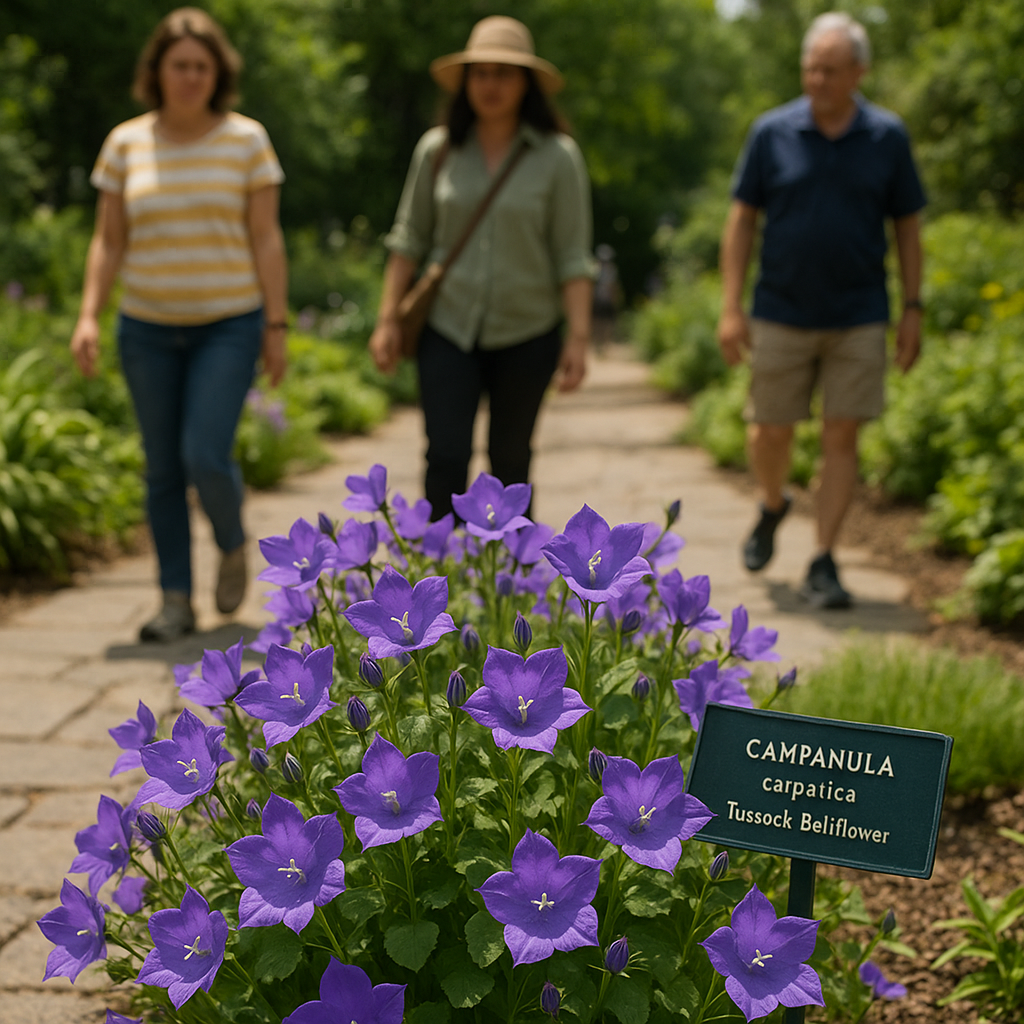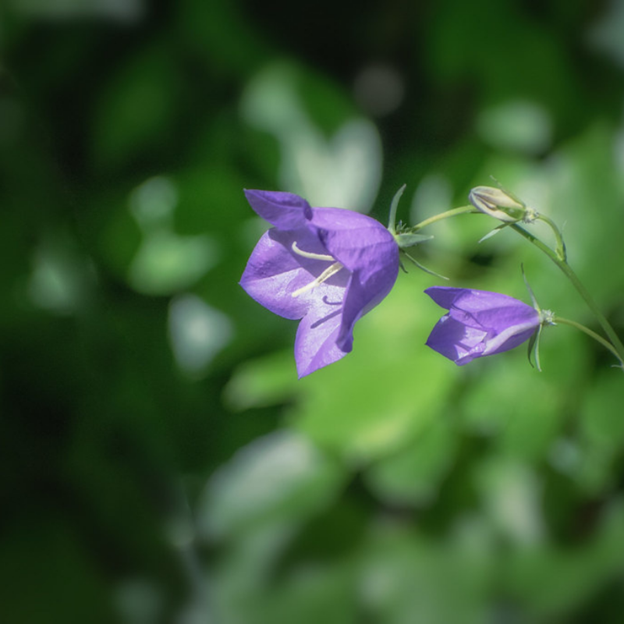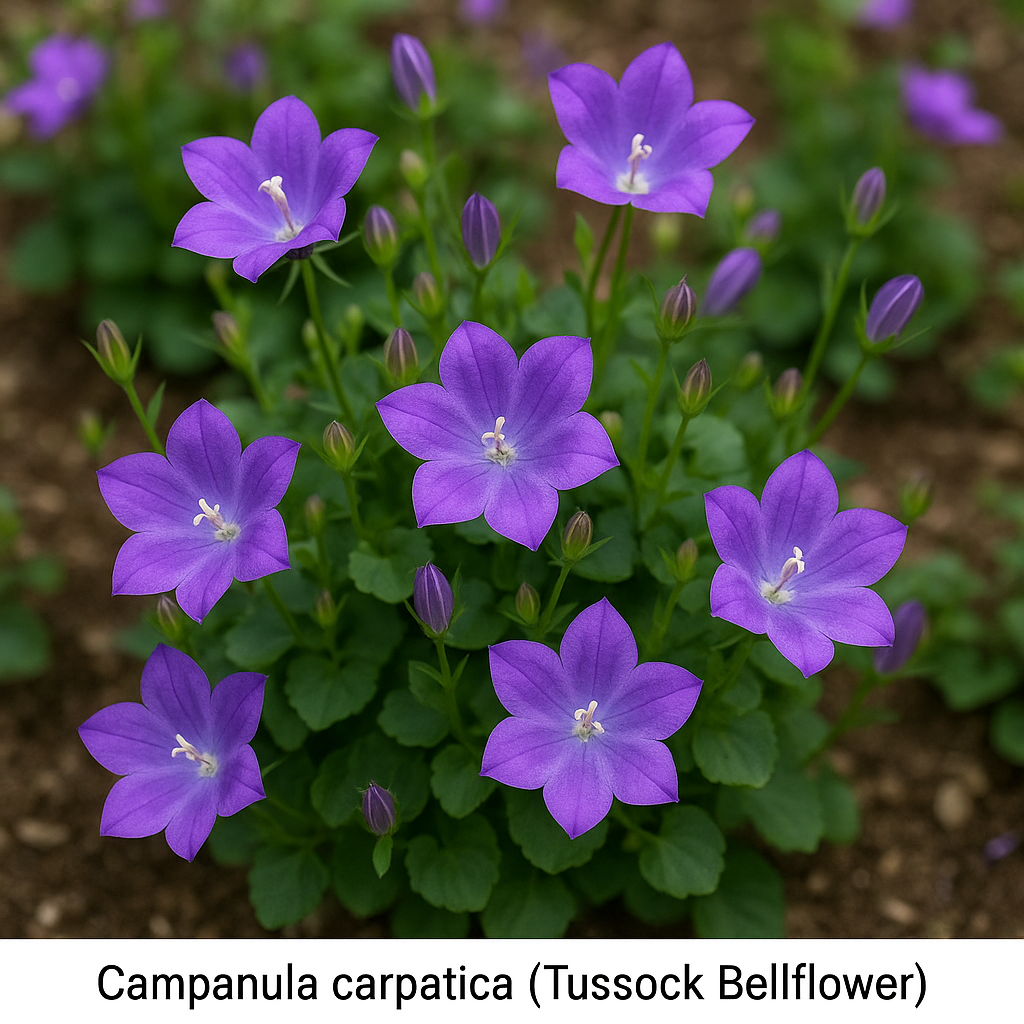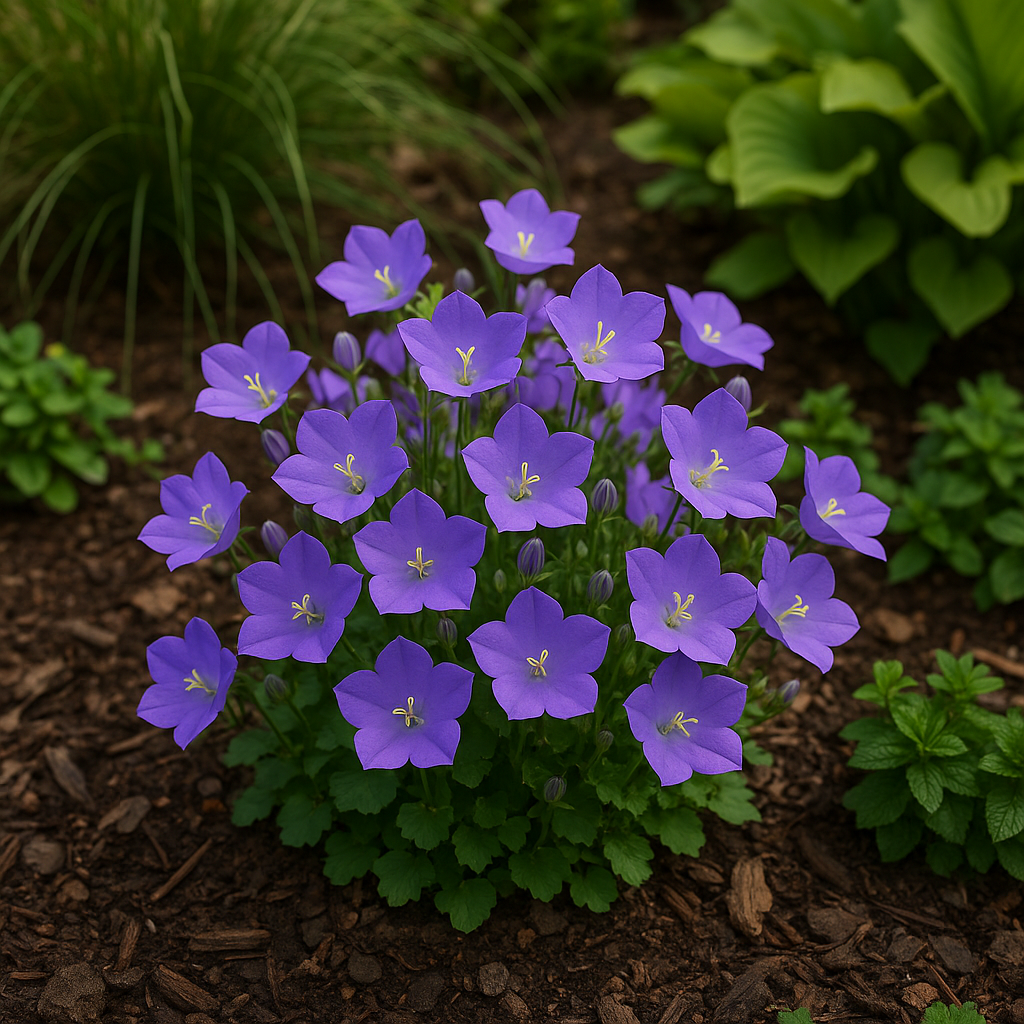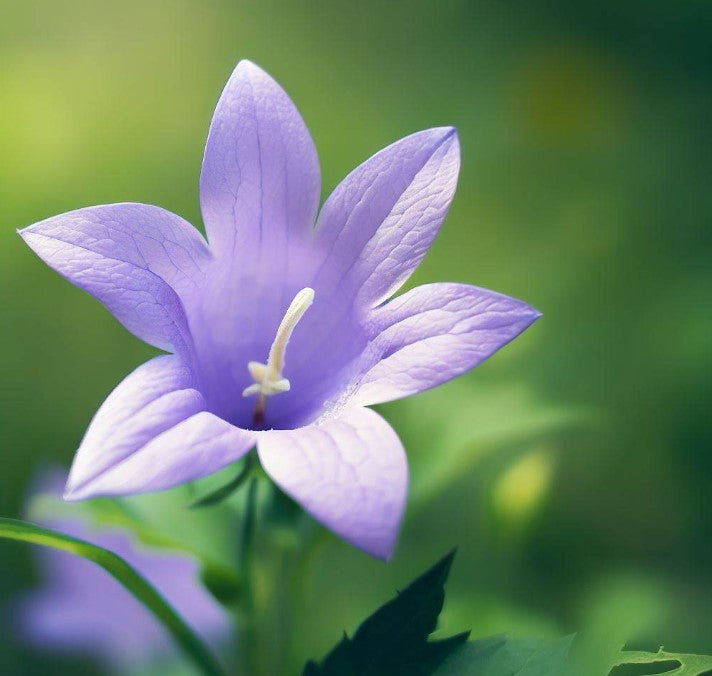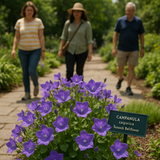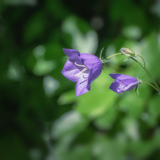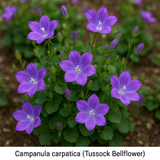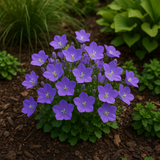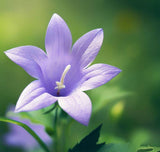CAMPANULA carpatica (Tussock Bellflower)
CAMPANULA carpatica (Tussock Bellflower) is a species of perennial flowering plant that belongs to the Campanulaceae family. It is native to the Carpathian Mountains in Europe, but is now widely cultivated in gardens and landscapes around the world.
Ranges from the south and east Europe, the unique showy purple-colored bellflower is the center of attention for spectators. Grown in moist but well-drained soil, the flower is used in gardens, beds, walls, borders, etc. Having tolerance to rabbits and harsh weather conditions, the flower spreads the aura of heaven to its surroundings. The flower is one of those that are easy to grow but requires a little attention.
The plant typically grows up to a height of 20-30 cm (8-12 inches) and forms a dense, compact mound of foliage. The leaves are green, oval-shaped, and have toothed edges. The plant produces bell-shaped flowers that are blue or white, depending on the variety. The flowers bloom in the summer and are held on upright stems that rise above the foliage.
Tussock Bellflower is a popular ornamental plant in gardens and landscaping. It is well-suited for borders, rock gardens, and containers. The plant prefers well-draining soil and full to partial sun exposure. It is a hardy plant that is tolerant of a range of growing conditions and provides vibrant color throughout the growing season. The plant is also a favorite of pollinators, such as bees and butterflies.
In addition to its ornamental value, Tussock Bellflower is also used in traditional medicine. The plant is believed to have astringent and diuretic properties and has been used to treat a range of ailments, including urinary tract infections and gastrointestinal disorders. However, it is important to note that the plant can be toxic if ingested, so it should not be used without proper guidance from a healthcare professional.
| Number of Seeds | Max Coverage Area (Square Ft.) | |
|---|---|---|
| 0.5OZ | 175,000 | 2000 |
| 1OZ | 350,000 | 4,000 |
| 1/4LB | 1,400,000 | 16,000 |
| 1/2LB | 2,800,000 | 32,000 |
| 1LB | 5,600,000 | 64,000 |
| 5LB | 28,000,000 | 320,000 |
Scientific Name: Campanula Carpatica
Common Name: Tussock Bellflower
Plant Type: Perennial
Family: Campanula- Bellflower
Native Range: Carpathian Mountains of eastern Europe
Full Growth Height: 4”-1’
Wide: 10-30cm
Zone: 4-9
Exposure: Full Sun, Partial Shade
Blooming Season: Summer (Early, Mid, Late), Fall
Flower: Showy, Bell Shaped
Attracts: Humming Birds
Flower Color: Purple, Blue, White
Tolerate: Rabbit
Water Requirement: Average
Soil Type: Sand, Chalk, Loam
Gardening Uses: City and courtyard Gravel, Rock Gardens

